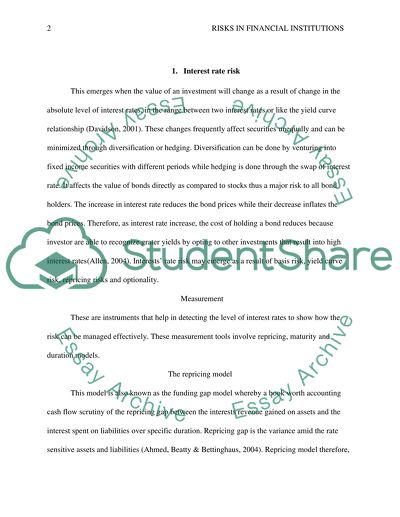Cite this document
(“Risk Measurement and Management: interest rate, liquidity and Essay”, n.d.)
Retrieved from https://studentshare.org/finance-accounting/1398633-interest-rate-liquidity-and-operational-risk
Retrieved from https://studentshare.org/finance-accounting/1398633-interest-rate-liquidity-and-operational-risk
(Risk Measurement and Management: Interest Rate, Liquidity and Essay)
https://studentshare.org/finance-accounting/1398633-interest-rate-liquidity-and-operational-risk.
https://studentshare.org/finance-accounting/1398633-interest-rate-liquidity-and-operational-risk.
“Risk Measurement and Management: Interest Rate, Liquidity and Essay”, n.d. https://studentshare.org/finance-accounting/1398633-interest-rate-liquidity-and-operational-risk.


